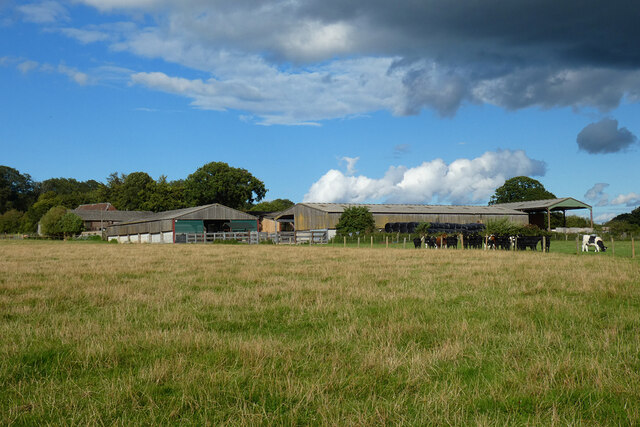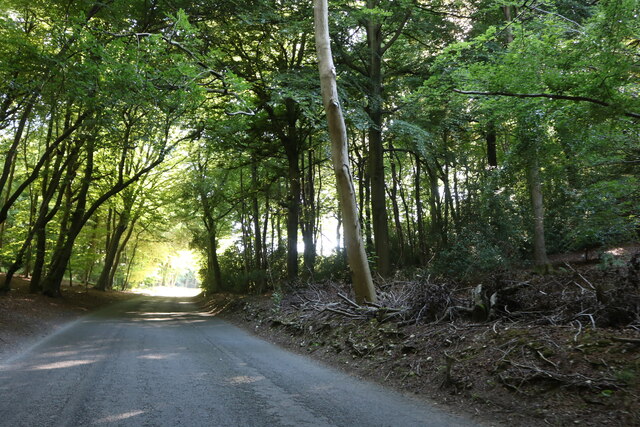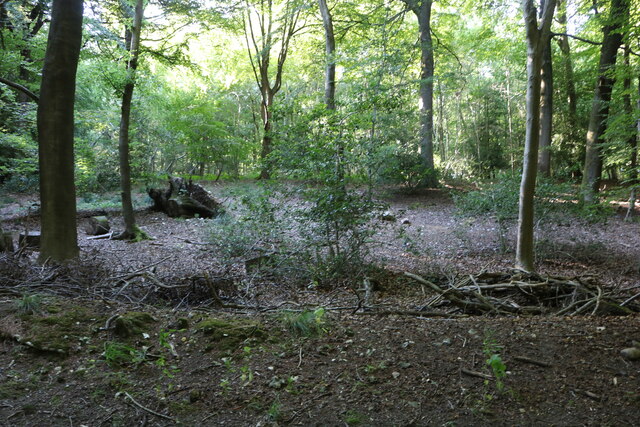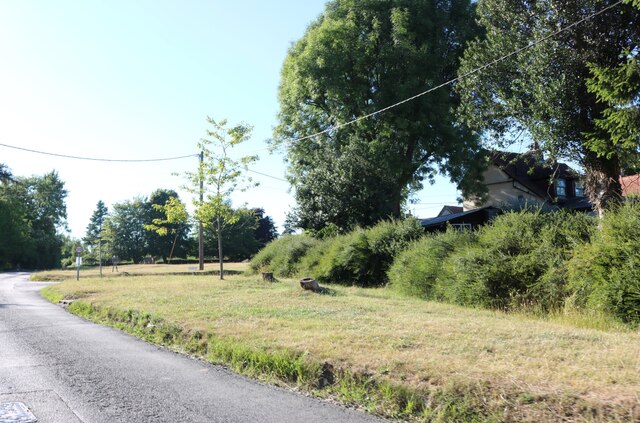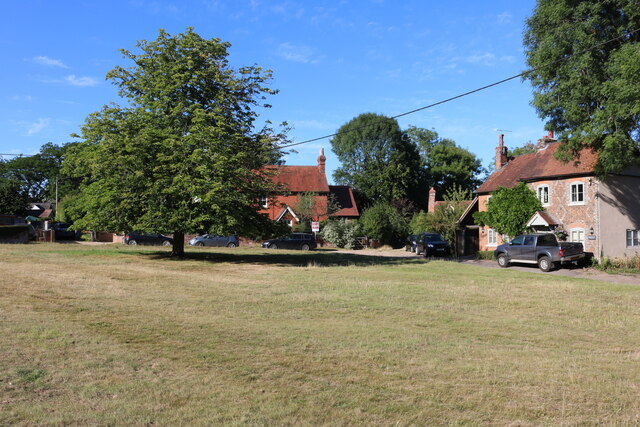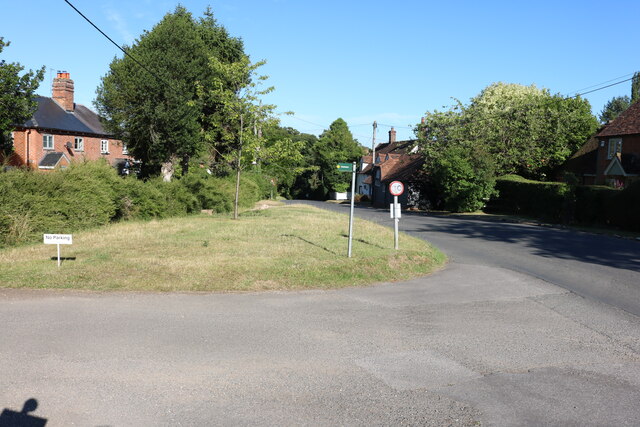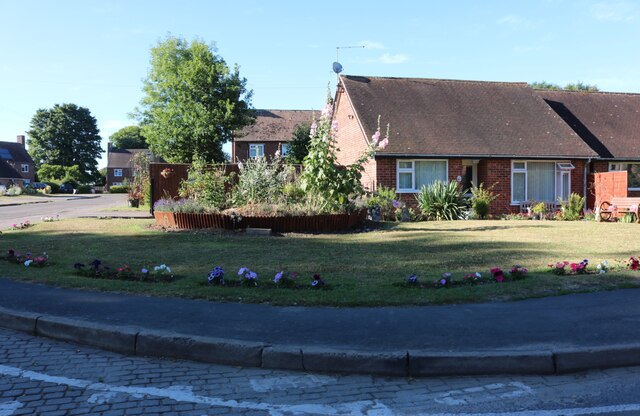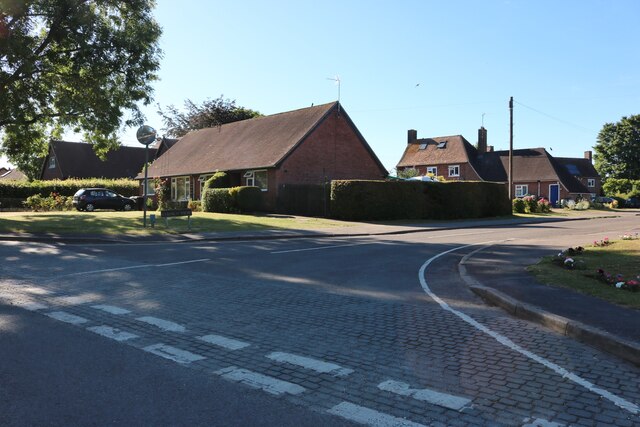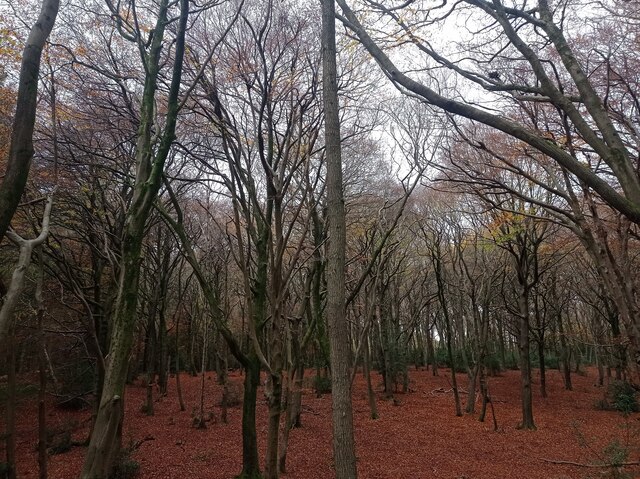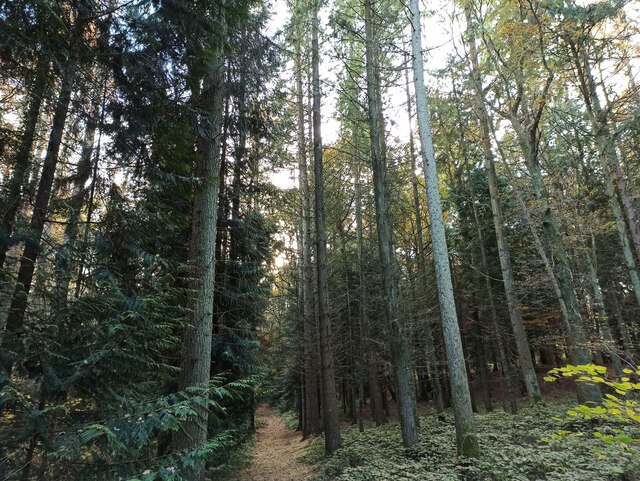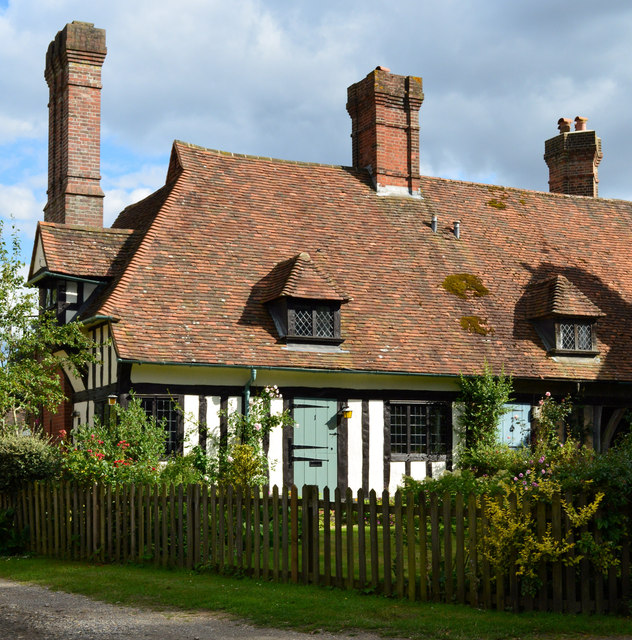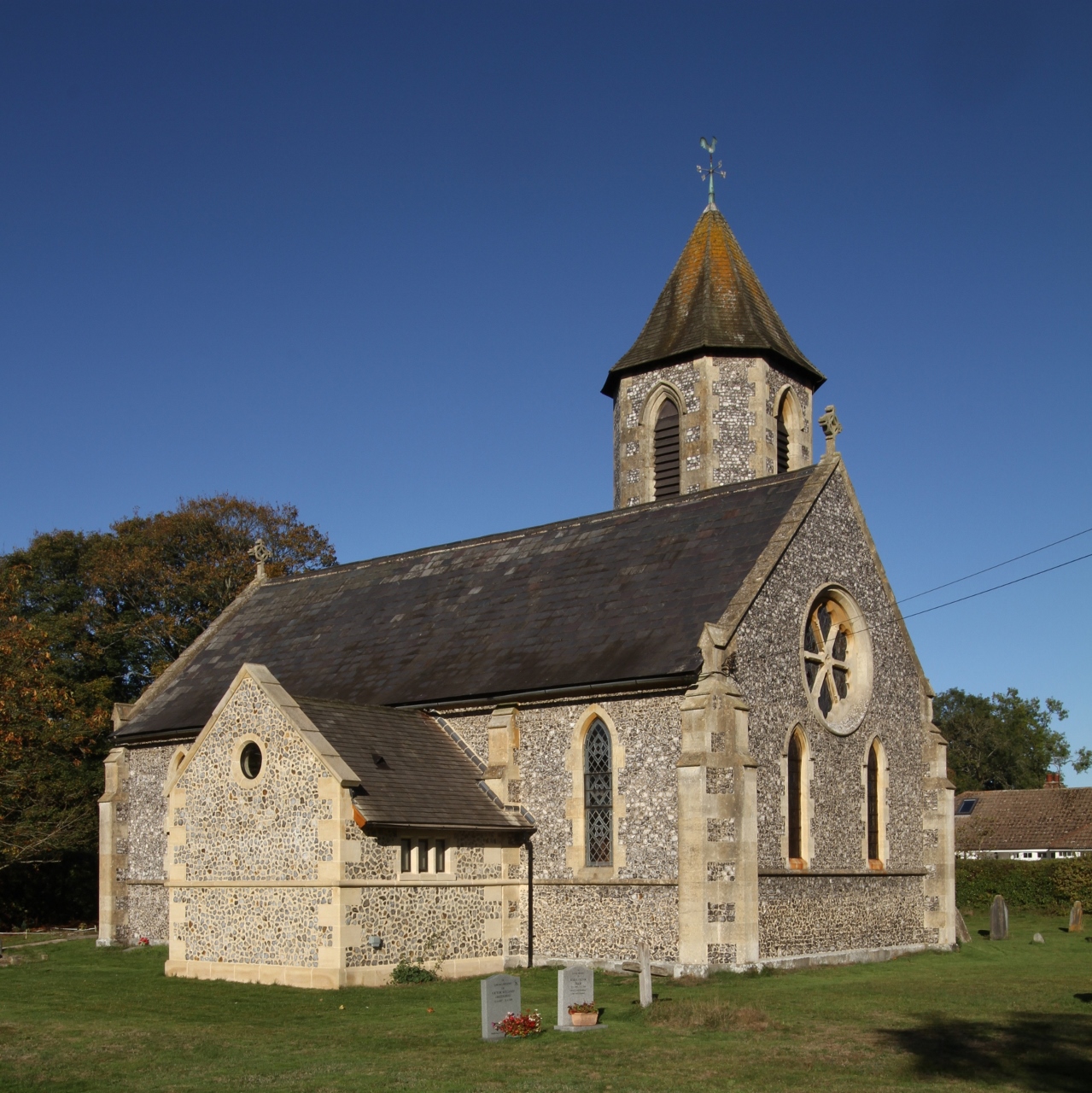Ipsden Wood
Wood, Forest in Oxfordshire South Oxfordshire
England
Ipsden Wood
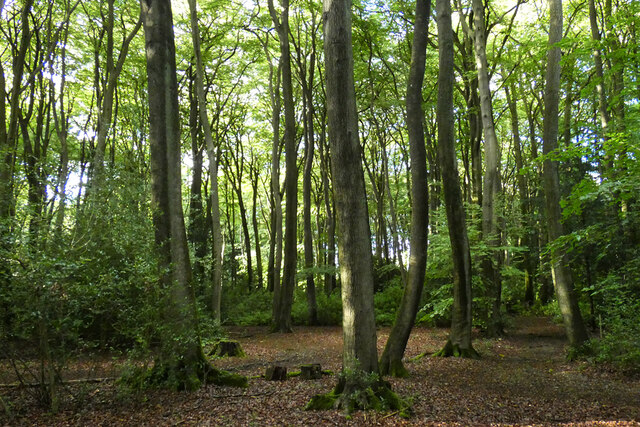
Ipsden Wood is a picturesque woodland located in the county of Oxfordshire, England. Spanning an area of approximately 500 hectares, this well-preserved forest is a haven for nature lovers and outdoor enthusiasts alike.
The wood is characterized by its diverse range of tree species, including oak, beech, and ash, which create a lush and vibrant canopy. The forest floor is adorned with a carpet of bluebells and other wildflowers during the spring months, making it a popular spot for scenic walks and photography.
Ipsden Wood is also home to a variety of wildlife, with deer, foxes, and badgers frequently spotted among the trees. Birdwatchers will be delighted by the presence of woodpeckers, owls, and various songbirds that inhabit the area.
Visitors to Ipsden Wood can enjoy a network of well-maintained footpaths and trails that wind their way through the forest, allowing for leisurely strolls or more challenging hikes. The wood is also intersected by a small stream, adding a tranquil ambiance to the surroundings.
For those interested in history, Ipsden Wood has a rich cultural heritage. The remains of an Iron Age hillfort can be found within its boundaries, providing an insight into the area's ancient past.
Overall, Ipsden Wood offers a peaceful and idyllic retreat from the hustle and bustle of everyday life. With its natural beauty, diverse flora and fauna, and historical significance, it is a true gem of Oxfordshire's countryside.
If you have any feedback on the listing, please let us know in the comments section below.
Ipsden Wood Images
Images are sourced within 2km of 51.543526/-1.027103 or Grid Reference SU6783. Thanks to Geograph Open Source API. All images are credited.
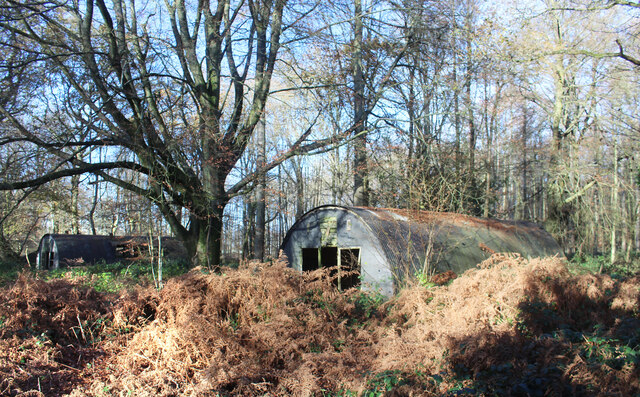
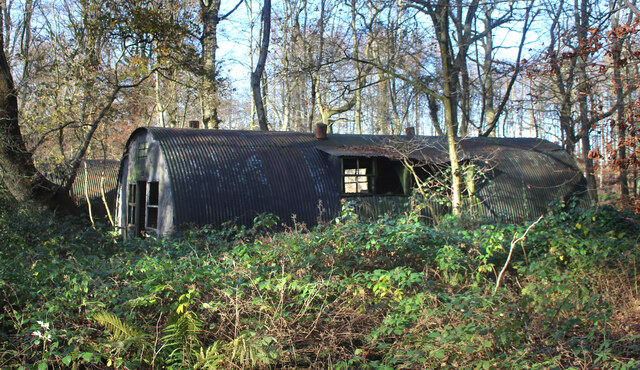
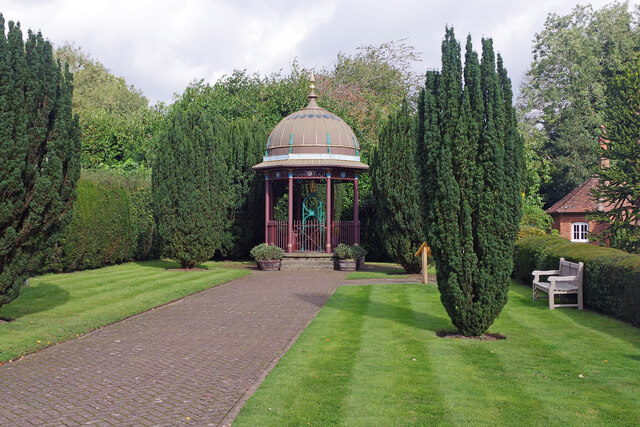
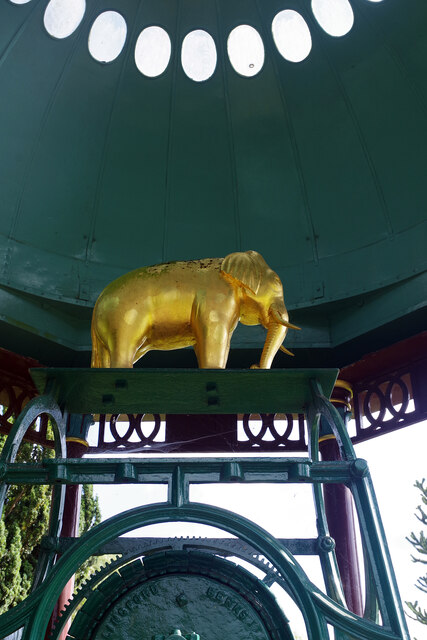
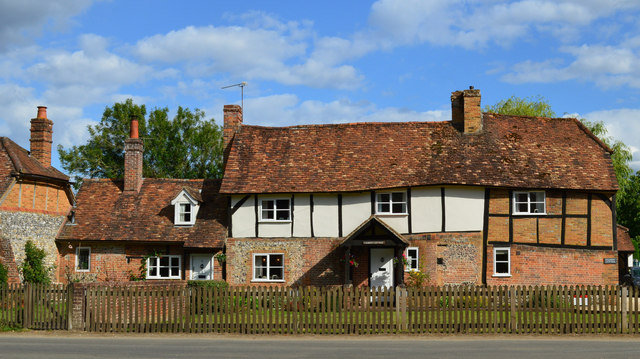
Ipsden Wood is located at Grid Ref: SU6783 (Lat: 51.543526, Lng: -1.027103)
Administrative County: Oxfordshire
District: South Oxfordshire
Police Authority: Thames Valley
What 3 Words
///flashback.coaster.browsers. Near Rotherfield Peppard, Oxfordshire
Nearby Locations
Related Wikis
Wyfold Court
Wyfold Court is a country house at Rotherfield Peppard in south Oxfordshire. It is a Grade II* listed building. By the year 2000, the estate had been converted...
Stoke Row
Stoke Row is a village and civil parish in the Chiltern Hills, about 5 miles (8 km) west of Henley-on-Thames in South Oxfordshire and about 9 miles (14...
St Peter and St Paul, Checkendon
St Peter and St Paul is the Church of England parish church of Checkendon, a village in Oxfordshire, England. Its parish is part of the Deanery of Henley...
Checkendon
Checkendon is a village and civil parish about 6 miles (10 km) west of Henley-on-Thames in South Oxfordshire and about 9 miles (14 km) north west of Reading...
Hook End Recording Studios
Hook End Recording Studios was a recording studio located in Hook End Manor, a 16th-century Elizabethan house near Checkendon, Oxfordshire, England. Its...
Ipsden Heath
Ipsden Heath is a 32-acre (13-hectare) woodland in the English county of Oxfordshire, within the Chiltern Area of Outstanding Natural Beauty. == References ==
Exlade Street
Exlade Street is a hamlet in Checkendon civil parish in Oxfordshire, about 6 miles (9.7 km) northwest of Reading, in the Chiltern Hills. The hamlet is...
Bear, Oveys and Great Bottom Woods
Bear, Oveys and Great Bottom Woods is a 64.1-hectare (158-acre) biological Site of Special Scientific Interest west of Henley-on-Thames in Oxfordshire...
Nearby Amenities
Located within 500m of 51.543526,-1.027103Have you been to Ipsden Wood?
Leave your review of Ipsden Wood below (or comments, questions and feedback).
